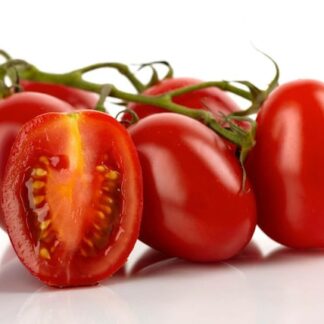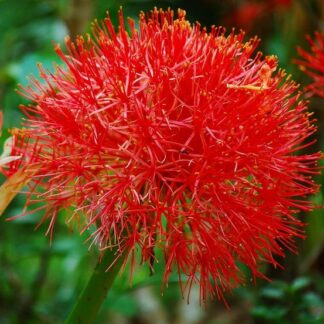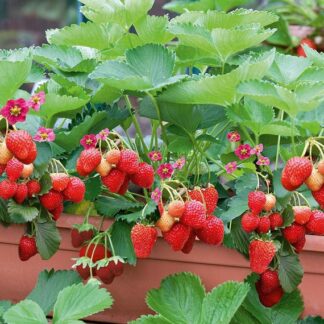Description
Features:
- JASMINE PLANT – a small shrub or vine that is widely cultivated for its stunning and sweet-scented flowers. Can also be used as a fragrant ingredient in perfumes and as a jasmine tea. Approximately grows up to 1.6 to 9.8 ft in height. Can be grown indoor or outdoor.
- GROWING A JASMINE PLANT – Jasmine’s are easy growing plant that prefers to be in well-drained soil. Regular watering and fertilizing should take place. A full to light shade of sun light is best for Jasmine Plant. If you want to encourage growing abundant Jasmine Flowers, phosphorous will do the blossom development.
- TAKING CARE OF JASMINE PLANT – the most common pests for Jasmine species are whiteflies, nematodes and mealybugs. In order to prevent your plant from these destroying insects, you can apply a neem oil to your plants soil and that should aid the insect’s issues.
- PRUNING – Depending on your Jasmine Plant variety, if it is a shrub your main goal is to maintain the size or the shape as what you wish it to be. Some are slowly and others are aggressively growing that requires regular trimming. If your Jasmine Plant belongs to vining variety you also need to regularly practice trellis and make sure to secure the weaker vines to assist it in holding on. The excess vines of your Jasmine Plant should be cut off regularly.
- Pink Jasmine Plant that you will be receiving in your purchase is growing in a 4” inch pot. Proudly Homegrown by
Details: Senecio Rowleyanus, commonly known as String-of-Pearls or String-of-Beads, is a creeping, perennial, succulent vine native to southwest Africa. This bizarre succulent is easily recognizable by its leaves, which grow into spherical, marble-like little balls and can bloom white flowers with a pleasant scent reminiscent of cinnamon. In its natural environment, its stems trail on the ground, rooting where they touch and forming dense mats. These stems can also be used to propagate the plant, which is a very robust grower. Though hanging baskets are recommended, you can also grow the string of pearls in a dish, allowing it to form a terrestrial mat the way it does in the wild. The foliage of this plant is slightly toxic and should never be consumed, so make sure it’s not easily accessible to children or pets.







Reviews
There are no reviews yet.